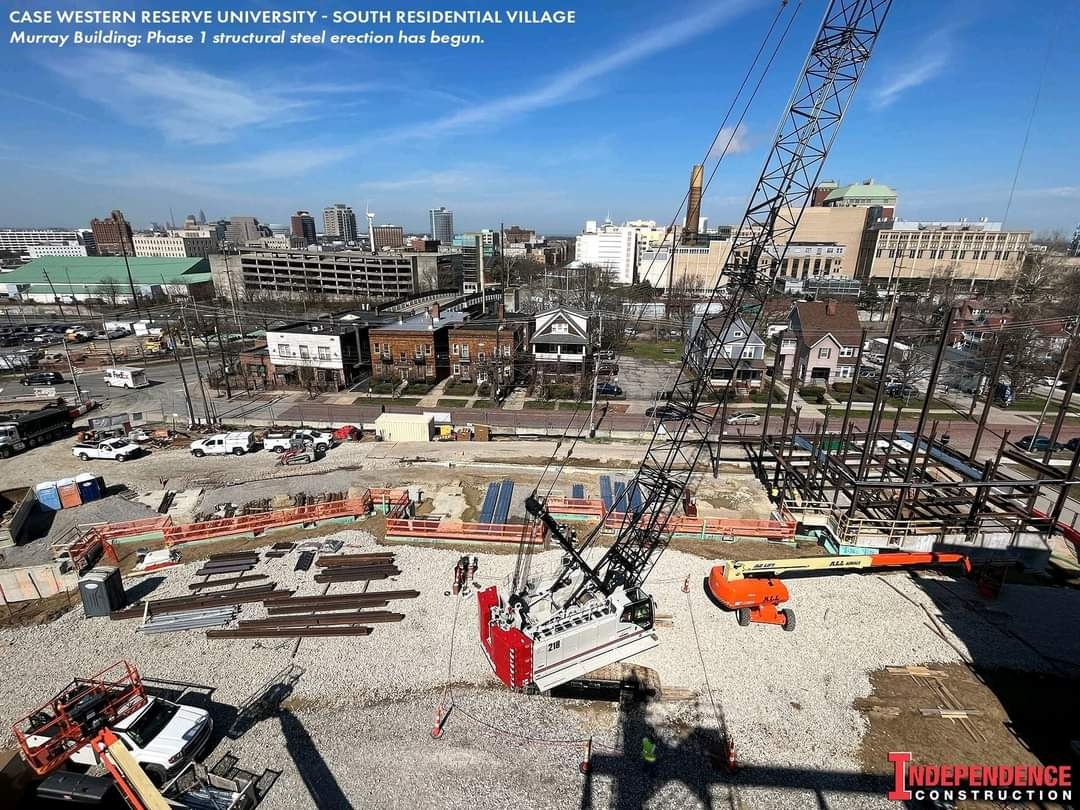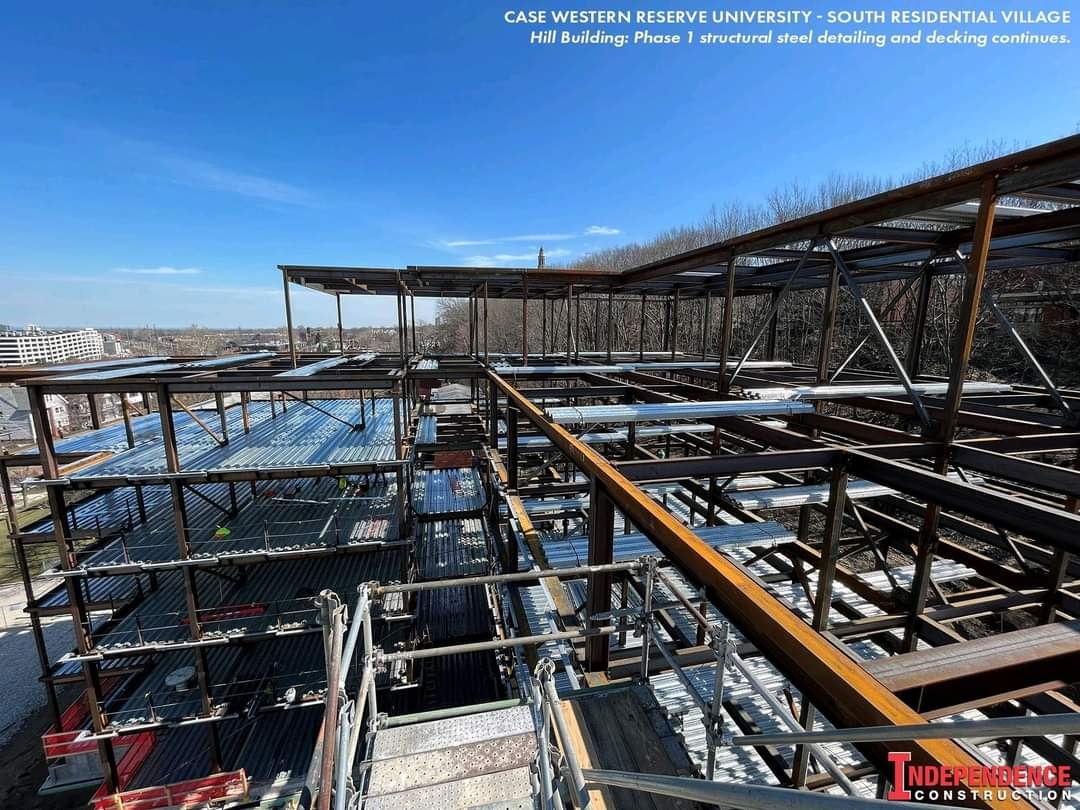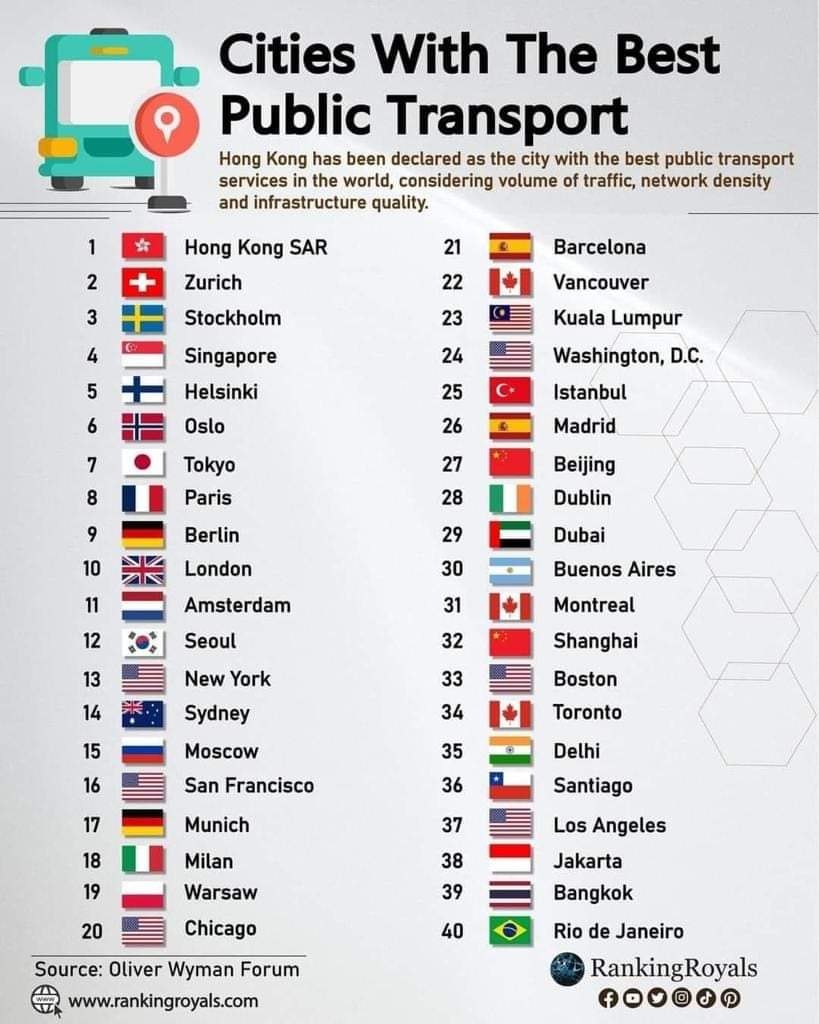
Everything posted by KJP
-
Suburban Cleveland: Development and News
Haslams envision glitzy new Berea future By Ken Prendergast / April 7, 2023 The owners of the Cleveland Browns are trying to keep up with the Jones’. And the Kroenkes, Spanos’ and Wilfs, too. To do that means upgrading the Browns’ football facilities. But that isn’t limited to their downtown Cleveland stadium where the team plays games each Sunday in the Fall. MORE: https://neo-trans.blog/2023/04/07/haslams-envision-glitzy-new-berea-future/
-
State of Ohio Hates Its Big Cities
As long as Ohio loves its fascism and hates its cities, it will never be a magnet to people from other states.
-
Cleveland: Downtown: Rockefeller Building Rehab-Additions
Last summer was the most recent piece I had done was a summary of three projects, with the last one on the Rockefeller. So far only 45 Erieview/The Bell has started work.... https://neo-trans.blog/2022/06/19/heating-up-3-big-downtown-reno-projects-to-start/
-
Cleveland: Historic Photos
Finally spent some time with this. Saved many photos. Unfortunately lots of inaccuracies, especially with the railroad pics. A friend of mine visited Cleveland for the first time in the 1970s and was horrified by what he saw. He said "It looked like I'd found the empty shell of a great industrial city."
-
Cleveland: Downtown: Rockefeller Building Rehab-Additions
To stop more windows from getting broken and to prevent more people from getting inside and trashing the interiors.
-
Amtrak & Federal: Passenger Rail News
FRA 03-23 April 6, 2023 Contact: FRA Public Affairs Tel.: (202) 493-6024 [email protected] FRA Holds Stakeholder Meetings to Study the Restoration and Expansion of Amtrak Long-Distance Passenger Rail Services FRA makes strides in the first federal effort in more than 50 years to advance a vision for an expanded and interconnected long-distance passenger rail network across America WASHINGTON, D.C. – The Federal Railroad Administration (FRA) concluded a series of six working group meetings in February to inform and collaborate with stakeholders across the country on FRA’s Amtrak Daily Long-Distance Service Study. Mandated by the Bipartisan Infrastructure Law, this study will evaluate the restoration of daily passenger rail service along discontinued long-distance routes and current long-distance routes that operate with less than daily service. It will also open possibilities for establishing new long-distance routes and bolstering essential intercity passenger rail connections, especially in rural areas. During these working group meetings, local officials, State DOTs, Amtrak, Class I Railroads, metropolitan planning organizations, regional passenger rail authorities, and other key stakeholders from across the country reviewed the Study’s requirements as well as existing and discontinued long-distance passenger rail services. Meeting participants also discussed the potential economic benefits of new passenger rail connections, options for advancing evaluations of potential routes, and how Amtrak and communities can work together to improve use of intercity passenger rail service along long-distance routes. In the coming months, FRA will hold additional working group meetings to keep stakeholders informed about the Study’s progress and work toward a common long-term vision for long-distance passenger rail service. “The Amtrak Daily Long-Distance Service Study is one part of our broader effort to make passenger rail a more reliable travel option as well as an alternative to congested roads. President Biden’s Bipartisan Infrastructure Law not only prioritizes this study, but it also provides the federal government with unprecedented resources to link communities and economies through passenger rail,” said FRA Administrator Amit Bose. “FRA envisions a future where Americans can easily access the passenger services they need, and conducting this study alongside partners who know the transportation needs of their States and localities brings us one step closer to this vision.” Once complete, the Study will lay forth a vision for long-distance passenger rail service, identifying preferred options for restored, enhanced, or new long-distance service as well as a prioritized inventory of capital projects and other actions needed to advance the routes. The Study will also include estimated costs and public benefits for regions along relevant routes and identify federal and non-federal sources of funding. The Study’s results will provide valuable information on the benefits of preferred options, including how those routes could link and serve large and small communities as part of a regional rail network; advance the economic and social well-being of rural areas of the United States; provide enhanced connectivity for the national long-distance passenger rail system; and reflect public engagement and local and regional support for restored passenger rail service. Long-distance rail services benefit both passengers traveling end-to-end on long-distance trains and those traveling to and from the many intermediate stations served along routes. Between March 2020 and March 2022, long-distance routes served over 4.8 million passengers. In the seven-months that followed, long-distance routes served over 2.5 million passengers – more than half the ridership of the previous two years combined. This increase comes at a time when Amtrak ridership numbers are rising across the board, and, after a pandemic dip, is further evidence that Americans are returning to travel by rail. Materials from the working group meetings are available on the Study website here. More information about the Bipartisan Infrastructure Law can also be found on FRA’s website here: https://railroads.dot.gov/BIL ###
-
Cars & Vehicles Discussion (History, etc)
- Another Dumb-a$$ List / Ranking of Cities
Report Ranks America’s 15 Safest (And Most Dangerous) Cities For 2023 https://www.forbes.com/sites/laurabegleybloom/2023/01/31/most-dangerous-cities-in-the-us-crime-in-america/?sh=569267374b25 15 Most Dangerous Cities in the US 1. St. Louis, Missouri 2. Mobile, Alabama 3. Birmingham, Alabama 4. Baltimore, Maryland 5. Memphis, Tennessee 6. Detroit, Michigan 7. Cleveland, Ohio 8. New Orleans, Louisiana 9. Shreveport, Louisiana 10. Baton Rouge, Louisiana 11. Little Rock, Arkansas 12. Oakland, California 13. Milwaukee, Wisconsin 14. Kansas City, Missouri 15. Philadelphia, Pennsylvania 15 Safest Large Cities in the US (with a population over 300,000) 1. Honolulu, Hawaii 2. Virginia Beach, Virginia 3. Henderson, Nevada 4. El Paso, Texas 5. New York City 6. San Diego, California 7. Mesa, Arizona 8. Charlotte, North Carolina 9. San Jose, California 10. Boston, Massachusetts 11. Raleigh, North Carolina 12. Arlington, Texas 13. Santa Ana, California 14. Omaha, Nebraska 15. Austin, Texas- Cleveland: Downtown: The Avenue District
And much of that parking lot at the upper left is going bye bye too, courtesy of the expansion of the data center.- Cleveland: Little Italy: Development and News
Some pics of CWRU's South Residential Village expansion at Murray Hill and Adelbert roads, courtesty of the construction manager Independence Construction that they shared at LinkedIn.- General Transit Discussion
Also, I'm surprised that Copenhagen is not on the list.- Cleveland: Crime & Safety Discussion
- General Transit Discussion
- Miscellaneous Ohio Political News
They must be really afraid of the people, and they should be. When people vote, Republicans lose.- Cars & Vehicles Discussion (History, etc)
All? My wife drives a Civic. She had a Mini Cooper and wanted another but they've gotten too expensive. I drive a Maxima Platinum, my second lease of one in a row. I'd consider another but Nissan doesn't make them anymore. I may go with a Honda Accord Touring next.- General: Complete Streets, Road Diets, and Traffic Calming
- Ohio Intercity Rail (3C+D Line, etc)
Need more mayors to be as vociferous- Greater Cleveland RTA News & Discussion
NS stopped using the line for an extended period at the end of 2022. I just checked the NS Cleveland District forum at Facebook (https://www.facebook.com/groups/924541947664575) and saw that except for a weekly local and an occasional general freight, NS didn't use the line through Lakewood from about Nov. 10, 2022 to Jan. 10, 2023. The section not being used was from the Cloggsville Connection near Fulton Cemetery in Cleveland to just west of State Route 83 crossing in Avon. Just west of that, NS was using it to serve the Ford Plant but only from its South Lorain Branch from the mainline through Elyria and from the west to the Chicago Line connecting tracks at Vermilion. I shot this photo near my home in Lakewood, looking west from Fry Avenue on Jan. 5, 2023. Look at that rust on the rails!! Some light-rail transit lines share track with lightly used freight services as long as there is a time of day (temporal) separation from freight traffic. Baltimore does that with its north line up to Hunt Valley and the New Jersey's RiverLine has a temporal separation as well as an at-grade crossing with a relatively busy freight track just west of the Pennsauken station. NS could retain trackage rights with a temporal separation and continue to run its weekly local freight train through Lakewood at night. I created a diagram a long time ago to show how the existing Red Line infrastructure could be used to create a "flying junction" so light-rail trains diverging to the Lakewood line could do so without delaying Red Line trains. I'll see if I can find it.- Cars & Vehicles Discussion (History, etc)
The car industry is, I believe, aware it is reaching end of the road of "affordable" mass motordom (cars have always been doomed to run out of space), so is pivoting to making luxury products for rich people. But that has implications for used cars, too.- Freight Railroads
I'd like to see data from the 1970s. Derailments were almost a comedic joke back then because they happened so often.- Greater Cleveland RTA News & Discussion
What's interesting is that Norfolk Southern chose to detour freight trains and shut down its line through Lakewood for weeks in December. It kept the freight tonnage for the year from eclipsing a level that would trigger federal regulations that require NS to install a more expensive signal system. If NS doesn't really need the line through Lakewood, then why don't they sell it to RTA so it can run rapid transit trains on it?- Greater Cleveland RTA News & Discussion
Most US cities don't have tram lines, except for very short, recently built lines. RTA hates them, BTW.- Greater Cleveland RTA News & Discussion
The rail car presentation is now posted on the GCRTA website. Here is the link to the presentation: https://www.riderta.com/events/2023/4/4/committee-meetings- Greater Cleveland RTA News & Discussion
Siemens is top-notch. Think of them more as the BMW of light-rail cars. I hope that over the next 15 months as Cleveland's rail car design is finalized, GCRTA doesn't pizz them off or screw this up and we're left with a Chinese railcar (almost happened BTW). It took them a while to make the right call (picking Siemens and going with a standardized rail fleet), but I'm glad they did. It should never have taken this long. Joe Calabrese back-burnered replacing the rail fleet until All Aboard Ohio put pressure on them. I'm proud of my work to expose how much GCRTA's rail fleet was decaying until they couldn't dodge it anymore. Calabrese never believed GCRTA could raise enough funding to afford replacing the fleet, just as he doubted being able to afford rail expansion -- as many of his hanger-ons at GCRTA still do. Did you notice Valarie McCall's comment at that end of the meeting about replacing the HealthLine with light-rail? It sounded like she was suggesting that GCRTA was considering it. That's what this new rail fleet makes possible, along with running the Blue Line to UC or downtown via UC, or running the Red Line around a downtown rail loop. So many possibilities result from having a standardized rail car.- Greater Cleveland RTA News & Discussion
Cleveland RTA reveals its new trains By Ken Prendergast / April 4, 2023 For the first time in four decades, Greater Cleveland is about to get a new Rapid. While NEOtrans revealed in January what type of new rail car Greater Clevelanders will be riding for the next two to three decades, that news was made official today by the Greater Cleveland Regional Transit Authority (GCRTA). Much more detail about the new rapid transit trains also was provided. MORE: https://neo-trans.blog/2023/04/04/cleveland-rta-reveals-its-new-trains/ - Another Dumb-a$$ List / Ranking of Cities














